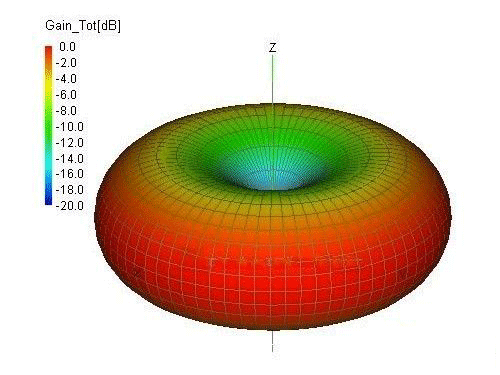An omnidirectional antenna, that is, it shows uniform radiation in 360° on the horizontal pattern, which is commonly referred to as non-directional, and shows a beam with a certain width on the vertical pattern.
In general, the smaller the lobe width, The greater the gain. The omnidirectional antenna is generally used in the mobile communication system with the station type of the suburban district system, and the coverage is large.
Directional antennas show a certain angular range of radiation on the horizontal pattern, which is usually called directional, and show a beam with a certain width on the vertical pattern. Like omnidirectional antennas, the smaller the lobe width , The greater the gain.

Directional antennas are generally used in urban cell-based stations in mobile communication systems, with small coverage, high user density, and high frequency utilization. Different types of base stations can be established according to the requirements of the networking, and different types of base stations can choose different types of antennas according to their needs. The selection is based on the above technical parameters.
For example, an omnidirectional station uses an omnidirectional antenna with basically the same gain in each horizontal direction, while a directional station uses a directional antenna with a significant change in the horizontal gain.

Generally, an antenna with a horizontal beam width B of 65° is selected in the urban area, and an antenna with a horizontal beam width B of 65°, 90° or 120° can be selected in the suburbs (depending on the station configuration and local geographic environment), and in the countryside It is the most economical to choose an omnidirectional antenna that can achieve large-scale coverage.
Specifically, you have to say which one is good, and this one is not easy to determine, depending on your use case.
